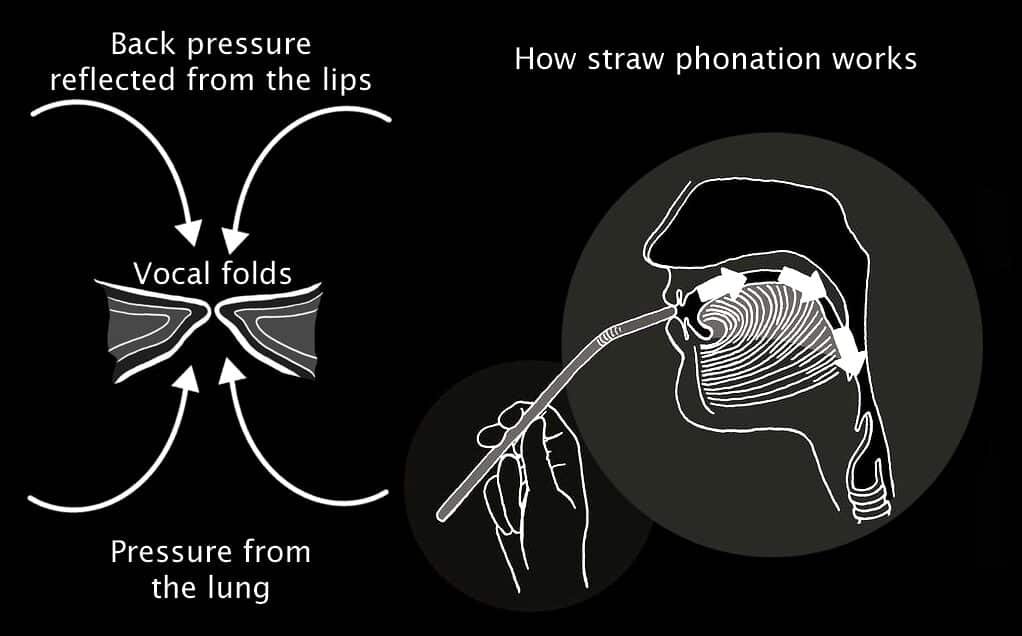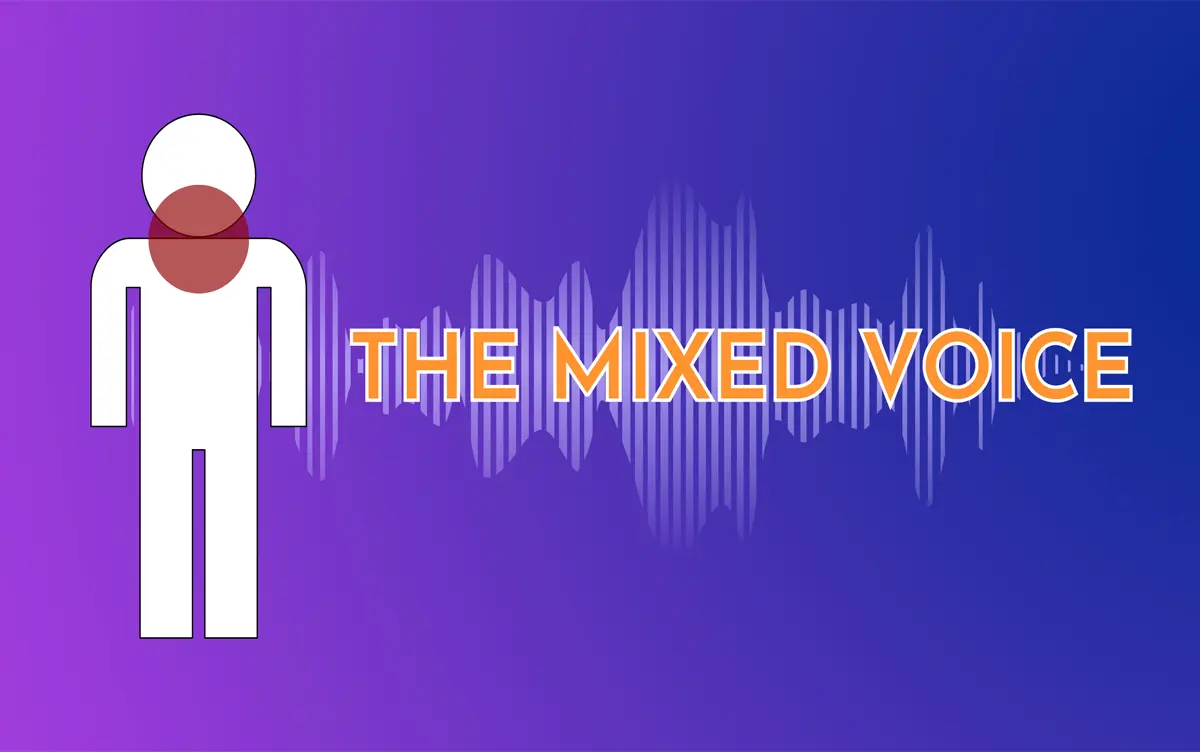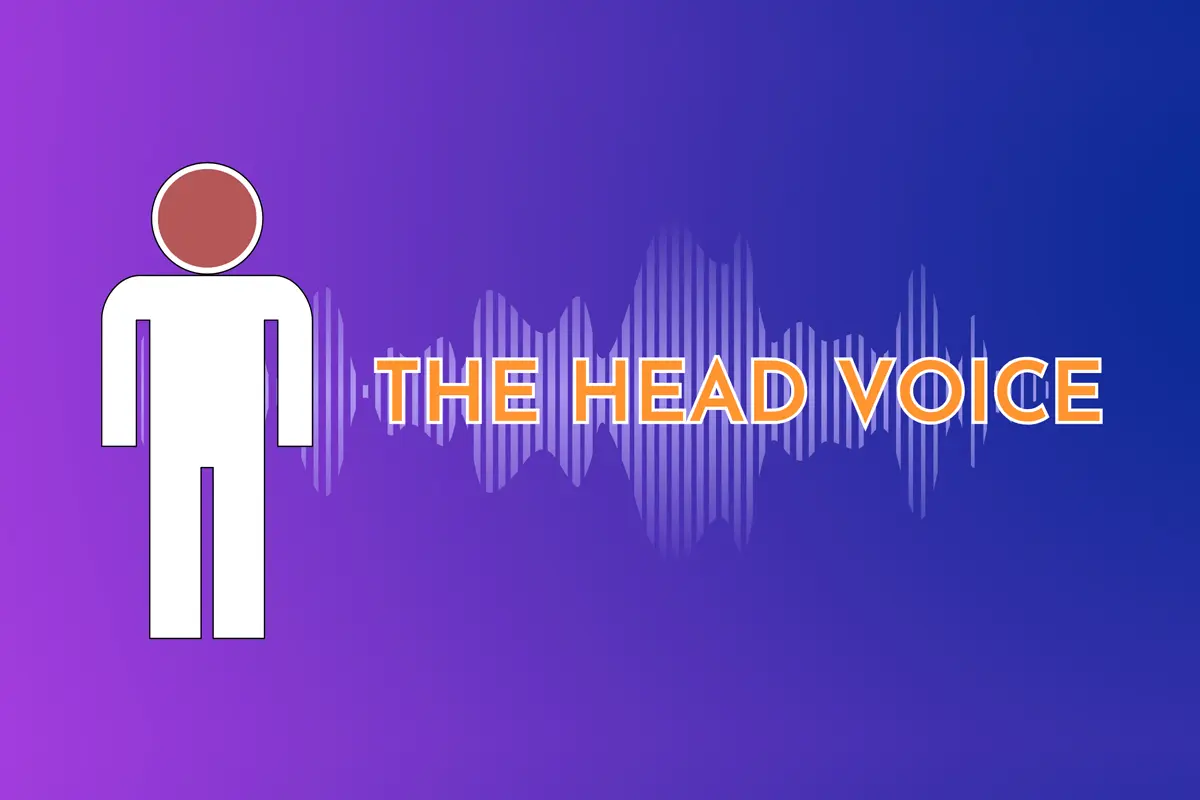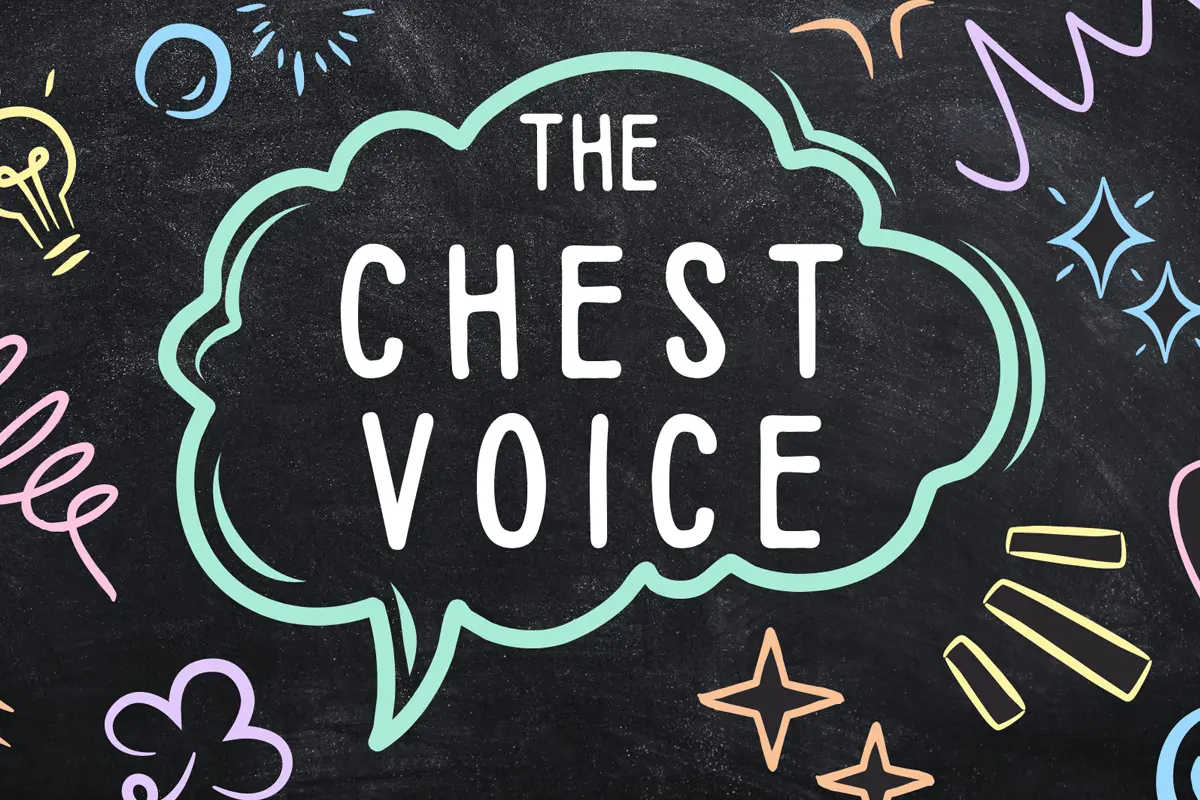Are you a singer who wants a fuller, more resonant voice? Check out the straw phonation technique!
This simple vocal exercise is super popular with professional singers and vocal coaches because it helps you sing healthily without straining.
Singing through the narrow straw provides resistance that works your breath support muscles and reduces pressure on your vocal cords.
The result? A strong, resonant voice that doesn’t make you feel like you’re pushing too hard.
Whether you’re just starting out (you might want to check our learn to sing guide in detail) or have been singing for a while, adding straw exercises to your practice can be very beneficial.
It can help you breathe better, smooth out your vocal registers, and more. This one simple tool packs a punch for improving your overall vocal abilities.
In this post, we’ll explain the science behind singing through a straw, give step-by-step instructions, and show you how the technique can supercharge your resonance, stamina, and overall vocal health.
Get ready to see what your voice can do!
The Science Behind Straw Phonation

As a singer who embraces resonant straw exercises into my daily practice, I’ve experienced first-hand how this simple tool can benefit my voice.
But it’s not just a random trick – there’s actual science behind why singing through a straw is so effective.
Here’s one of the studies from the National Library of Medicine: Effects of a Semioccluded Vocal Tract on Laryngeal Muscle Activity and Glottal Adduction (Anne-Maria Laukkanen, Ingo R. Titze, Henry Hoffman, Eileen Finnegan – 2015)
This study found that straw-based vocal training helped singers achieve a balanced cricothyroid muscle activity and optimized glottal configuration.
Multiple research studies have validated the vocal benefits.
Here are the primary keys:
Semi-Occluded Vocal Tract = Easier Voicing
Straw provides a semi-occluded posture in your vocal tract. This narrowed space reduces the air pressure and flow needed to phonate. Result? Your vocal folds don’t have to close together as forcefully to vibrate.
Less Air Pressure = Less Vocal Strain
Usual singing uses a lot of air pressure to get vocal folds vibrating. Over time, this can lead to strain and vocal fatigue. The semi-occluded straw lets you phonate with far less air pressure.
Balanced Air Flow
Straw gives you gentle resistance when exhaling. Train your breath muscles to engage from the diaphragm correctly. No more pushing from the throat! Bye-bye, excessive vocal strain
The bottom line is a daily vocal exercise with a straw makes voice production much more efficient and economical.
Your vocal folds can vibrate with minimal strain, and you learn to support your tone from your breath rather than pushing air through. Talk about a winning combo for a killer voice!
Getting Started with the Straw Technique
Look, I get it — singing through a straw may seem weird at first. But trust me, once you get the hang of it, the straw phonation technique will be your new best friend!
It’s simple but works like magic to develop a robust and healthy voice.
When I first learned about straw exercise, I was very excited. I then grabbed any ordinary drinking straw I could find around the house and a water bottle, and just went for it.
Later, after lots of experiments, I found that a tiny stir straw is the best for lyrical or general singing.
For you heavy metal dudes who like to scream and growl, using false vocal folds for distortions will get the most benefits from a wider, larger straw.
But, for now, you don’t need to overthink it – follow these easy tips:
- Warm up your body first with some stretches to get your breath flowing.
- If you can, practice in front of a mirror to see if there are any tensions.
- Place the straw lightly between your lips, with teeth apart, not touching the straw, and let it rest on your tongue.
- Take a deep breath in through your nose, and focus on expanding your belly.
- Exhale a steady stream of air through the straw while making an “AAH” sound – it will sound like “OOH”, don’t worry about it.
- Make sure no air leaks from your nose. You can check by pinching your nose while vocalizing through the straw. The sound should be the same.
- Keep your tongue, jaw, and lips relaxed during the exercise – no tensing up!
I recommend that you don’t hold the straw with your hand during the process. We want the straw to stay still and not move up or down as you breathe or sing.
If the straw moves, it indicates that the tongue is moving, too. Tension or squeezing is happening there, and we don’t want it.
Once you get that “AAH” buzz going through the straw, you can start experimenting:
- If you have a piano, try sustaining notes like C-D-E smoothly on the “AAH”.
- Gently glide up and down through your range .
- Practice while moving your head around, it’s hard to do when there are tensions.
The most important things for beginners are to take it easy, not force air, and stay hydrated by sipping water.
Listen to your body and give your voice breaks when needed. With a little practice, that straw will become your new voice bestie!
Progressing with Straw Exercises
Once you’ve mastered the basics of straw phonation, it’s time to level up and try some new variations. Trust me, this little straw can do so much more to strengthen your voice!
While straw singing, you can work on sustaining longer note patterns and smooth legato phrasing.
Another great challenge is messing around with dynamics and volume. Start the exercise at a gentle volume, then try swelling up in a controlled crescendo before fading back down.
It’s incredible for developing that intense resonance without forcing your voice.
The key is to go at your own pace and continually mix things up. Sometimes, I’ll straw sing through my warm-up exercises.
Other times, I’ll break it out mid-practice to check my breathing and resonance. Variety is the spice of life!
No matter where you take the straw work, always circle back to those core principles – steady air stream, relaxed muscle engagement, effortless resonance.
With patience and creativity, your stamina and vocal control will improve.
Benefits of The Straw Technique for Singers

Whether you’re just starting your singing journey or have been at it for a while, the straw phonation technique must be part of your practice routine.
The benefits are just too good to ignore! Let me break it down for you:
- Better Breath Control
- The straw resistance forces you to engage your breath properly.
- No more pushing from the throat – you’ll naturally get support from the diaphragm.
- Mastering this breath coordination is vital for singing with ease.
- Smooth Register Blend
- One of the most significant benefits is smoothing out your vocal register transition.
- The semi-occluded tract helps chest and head voice flow together seamlessly.
- Say goodbye to that uncomfortable vocal crack when transitioning ranges.
- Amped Up Resonance
- Singing through the straw is like a resonance turbo-boost.
- You’ll feel those vocal vibrations resonating in all the right spaces.
- Less Vocal Fatigue
- You can sing with way less strain.
Trust me, once you experience these incredible benefits first-hand, you’ll never want to practice without your straw buddy again!
Potential Pitfalls and Cautions
I’m all for the straw phonation hype train – this technique has seriously transformed my voice. But I also need to keep it real with you.
Like anything in singing, there are some pitfalls to watch out for if you need to use the straw exercises properly.
The biggest mistake is going way too far with the straw work. You’ve got to resist that urge to bear down and push lots of air through that narrow opening.
That’s the opposite of what you want! Excessive force or tension defeats the whole purpose.
Along those lines, don’t overdo the straw singing in one session. It feels deceptively easy initially, but that semi-occluded voicing can fatigue your vocal folds faster than you think.
Pace yourself, take breaks, and listen to your body.
Dehydration is another common pitfall. That tight airstream can dry out your vocal cords faster than normal phonation.
Keep a water bottle handy and lubricate those pipes regularly when straw singing.
You also need to monitor your breath support and tongue/jaw tension. Sign off for the day if you notice lots of pushing from the throat or clenching the straw with your tongue.
The proper straw technique should feel easy and relaxed.
The straw is an incredible tool, but it requires the proper technique. Use it mindfully, and it will present you with an excellent, strain-free sound.
Abuse it through overuse or excessive force, and you’ll do your voice more harm than good. Moderation and wisdom are key!
Guidance from Voice Professionals

I’ll be the first to admit that when I initially knew about straw phonation, I was a lone wolf trying to figure it out through trial and error.
But these days, I can’t emphasize enough the importance of working with qualified voice professionals to maximize the benefits.
As great as the straw technique is, it’s most effective when combined with a comprehensive vocal training plan.
Having an experienced voice teacher or vocal coach makes a huge difference.
With their expertise, they can provide personalized feedback and guide you through your straw workout routine.
They’ll ensure you’ve got the fundamentals down first before progressing to the exercises, which will set you up with the proper straw singing mechanics from the start.
Voice professionals can also tune into your unique vocal strengths and limitations.
For example, if you struggle with breath management, the teacher may emphasize straw exercises focused on developing support.
If register blending is your hurdle, they may prioritize smoothing that passaggio.
The individual attention is invaluable, but voice experts also understand the bigger-picture applications.
For example, many speech pathologists use semi-occluded vocal tract exercises as part of specific voice therapy protocols for issues like vocal fatigue or nodules.
You can certainly experiment with straw phonation solo.
However, having an experienced guide maximizes the results and ensures you avoid potential misuse that could do more harm than good.
Conclusion
So listen up, my singing friends! If you’ve made it this far, you know just how powerful the straw phonation technique can be for leveling up your vocals.
But let me leave you with a few final words of wisdom.
First, let’s recap the benefits: better breath control, smoother register blend, amplified resonance, and less fatiguing strain.
It’s like a one-stop shop for cultivating an incredible, healthy sound!
But don’t just take my word for it. Give straw phonation an honest try and experience those rewards for yourself.
I promise you’ll be a permanent straw converter once you hear and feel those resonant vibrations flowing!
That said, remember to always start slow and listen to your body. Don’t try to be a straw virtuoso overnight.
Allow yourself to build stamina, and never push through fatigue or pain. It’s a marathon, not a sprint!
Most importantly, don’t hesitate to loop in professional guidance from a voice teacher or vocal coach.
Having an expert mentor you through proper straw technique does wonders and prevents picking up bad habits.
The straw is just one awesome tool in your vocal toolkit.
So grab that straw, get buzzing, and unlock your voice’s full potential.
FAQ
What type of straw should I use?
Any ordinary drinking straw made of paper or plastic will work. Wider milkshake straws may be too easy, while very narrow straws can be too resistive, especially for beginners. However, as mentioned above, heavy metal singers might benefit from larger straws.
How long should I do the straw exercises?
Start with just 5-10 minutes per session until your muscles adjust. More advanced singers may work up to 15-20 minutes, but avoid overdoing it.
Should I feel my voice vibrating intensely in my throat?
No. You shouldn’t feel intense vibrations, tingling sensations, pain or any discomfort. The straw should allow an easy, resonant phonation without excessive throat tension.
Can I use the straw for louder volumes and belting?
Yes. The straw is best for softer intensity levels. But for louder volumes, you can use larger straw or remove the straw and use other resonance techniques, such as puffy cheek technique.
Is it normal for my voice to sound “oboe-like” through the straw?
Yes. The focused, buzzy tone the semi-occluded straw creates is normal and desirable for these exercises.
How do I avoid Air leaking around the straw?
Keep your embouchure gently firm around the straw without gripping it tightly with the lips. Proper breath support helps control air leakage.
When should I stop if I feel fatigued?
Listen to your body. If you feel vocal fatigue or pain, stop the exercises and rest your voice.
Can I drink through the straw during sessions?
Yes. Some teachers recommend sipping water through the straw periodically to replenish hydration.





